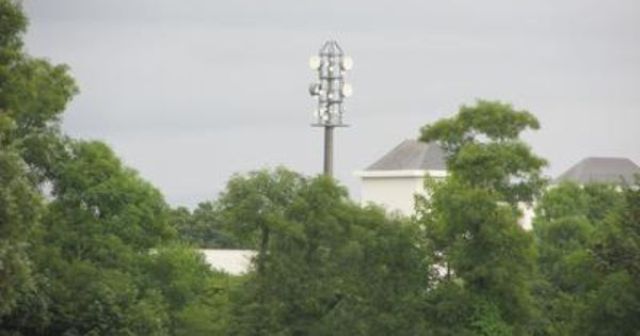Global mobile operators have enhanced the purchase of renewable energy sources for using 24 percent of electricity in 2022 against 18 percent in 2021 and 14 percent in 2020, the GSMA’s annual Mobile Net Zero report said.
 European operators are purchasing the most renewable energy at more than 80 percent on average, with North American operators currently around half that but expected to close the gap with new RE purchasing contracts.
European operators are purchasing the most renewable energy at more than 80 percent on average, with North American operators currently around half that but expected to close the gap with new RE purchasing contracts.
The network accounts for 90 percent of energy use for an operator, with the Radio Access Network (RAN) representing more than 80 percent of this. Energy has stubbornly remained at 20-40 percent of overall Opex.
Operators are working to improve energy efficiency across their footprint, investing in 5G networks – which enables higher bandwidths with lower power usage per bit delivered – retiring power-hungry legacy networks and investing in electric vehicle fleets.
62 operators, representing 61 percent of the industry by revenue and 46 percent by connections, have committed to science-based targets intended to reduce their direct and indirect carbon emissions by 2030; an increase of 12 operators since 2022.
Such commitments are significant as they require operators to transition to 100 percent renewable electricity, move away from use of diesel generators, electrify their vehicle fleets and engage their suppliers. A large proportion of operators have also committed to net zero targets by 2050 or earlier, accounting for 39 percent of mobile connections and 43 percent of global revenue.
John Giusti, Chief Regulatory Officer for the GSMA, said: “Mobile operators are staking a leadership position on climate, and with nearly 25 percent of all electricity used by our sector now coming from renewable sources, moving beyond target setting to demonstrable action.”
Energy efficiency has become a strategic priority. Major mobile network operators have recognised the importance of network solutions improvements, realising that more efficient equipment is a major purchasing criterion for cost savings and reputational reasons.
There are financial reasons as well for operators when addressing energy efficiency. Energy still accounts for, on average, 20-40 percent of telco Opex and 80-90 percent of network spending excluding site rental costs. The shift to renewables and efficiency gains should help bring this down.
The majority of energy (87 percent) is consumed in the RAN. The remaining distribution of consumption comprises data centres and the core (12 percent) and other operations (1 percent).
Despite growing data traffic requirements and ongoing 5G transformation, a number of large operators including AT&T, Verizon, Vodafone and Orange reduced their Scope 1 and 2 carbon emissions per connection in 2022.
This is due to two main factors: 5G is more energy-efficient at moving data compared to LTE (90 percent gain), with this gain increasing considerably relative to 2G/3G networks (10-15x). Investment in lower carbon energy to power networks, such as onsite and market-based renewable electricity.
Data traffic continues to grow exponentially, with an average 5G customer using around 30GB per month – a rise of 4-5x on LTE. However, while the rising traffic can increase pressure on energy consumption, the reality is more nuanced because 5G workloads are increasingly being shifted to the cloud, where operators lease datacentre capacity from hyperscalers like Amazon and Microsoft





